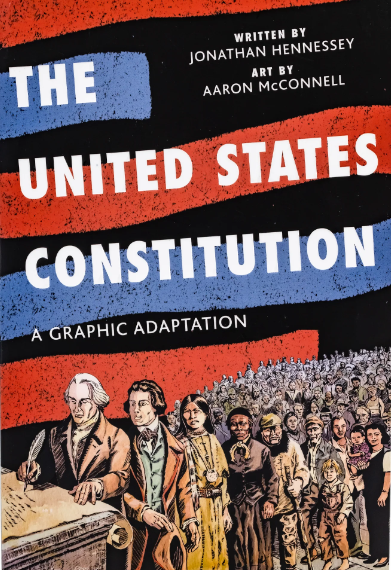The United States Constitution stands as a remarkable testament to the enduring principles upon which the nation was founded. It serves as the bedrock of American democracy, outlining the fundamental rights and responsibilities of citizens while establishing a system of government that has withstood the test of time. This enduring document, crafted more than two centuries ago, remains a model for nations worldwide seeking to establish democratic governance.
The Preamble: A Vision for the Nation
To begin with, at the heart of the Constitution lies the Preamble, a concise yet powerful statement that outlines the purpose and goals of the document. It begins with the iconic words, “We the People,” emphasizing the centrality of the citizenry in shaping the government. The Preamble sets forth several key objectives, including the establishment of justice, the promotion of domestic tranquility, the provision for the common defense, the promotion of general welfare, and the securing of the blessings of liberty. These goals continue to guide the nation’s leaders and citizens in their pursuit of a more perfect union.
The Three Branches of Government: A System of Checks and Balances
To add on, the Constitution establishes three distinct branches of government: the executive, legislative, and judicial branches. This separation of powers ensures that no single branch becomes too powerful, thereby preventing tyranny. The executive branch, led by the President, is responsible for enforcing laws. The legislative branch, comprising the Senate and the House of Representatives, creates laws. The judicial branch, embodied by the Supreme Court, interprets and applies the law. Through this system of checks and balances, each branch serves as a check on the others, fostering accountability and preventing the concentration of power.
Amendments: Adapting to Changing Times
In addition, one of the Constitution’s most ingenious features is its flexibility through the amendment process. Recognizing the need for adaptation in an ever-changing world, the framers included a mechanism to amend the Constitution. Over the years, 27 amendments have been added, each reflecting the evolving values and needs of American society. Notable amendments include the Bill of Rights, which protects individual liberties such as freedom of speech, religion, and the right to bear arms. Subsequent amendments address issues like voting rights, prohibition, and presidential term limits, demonstrating the Constitution’s capacity to grow and change alongside the nation.
Federalism: Balancing State and National Authority
Furthermore, the Constitution establishes a delicate balance between the federal government and the individual states. This principle, known as federalism, delineates the powers and responsibilities of each level of government. While the federal government has authority over issues like national defense and immigration, states retain powers related to education, law enforcement, and public health. Therefore, this dual system ensures that government remains responsive to the unique needs of both the nation as a whole and its individual states.

Judicial Review: Protecting the Rule of Law
Additionally, one of the most consequential aspects of the Constitution is the concept of judicial review. This principle, established by the Supreme Court in the landmark case of Marbury v. Madison (1803), grants the judiciary the power to review and invalidate laws or government actions that are deemed unconstitutional. Through judicial review, the courts serve as guardians of the Constitution. Thus ensuring that the government operates within the bounds of its authority. Moreover, this mechanism has been instrumental in upholding individual rights and preventing government overreach throughout American history.
Conclusion
In conclusion, the United States Constitution remains a foundational document that has guided the nation for over two centuries. Its enduring principles, including the Preamble’s vision for a just and prosperous nation, the system of checks and balances that prevents the concentration of power, the adaptability through the amendment process, the delicate balance of federalism, and the crucial concept of judicial review, continue to shape American democracy.

